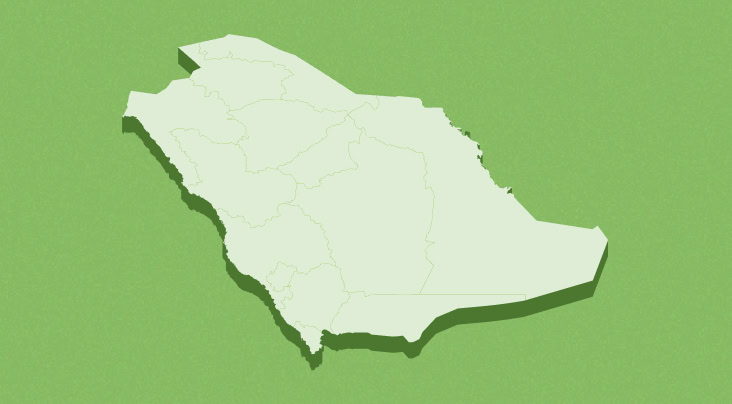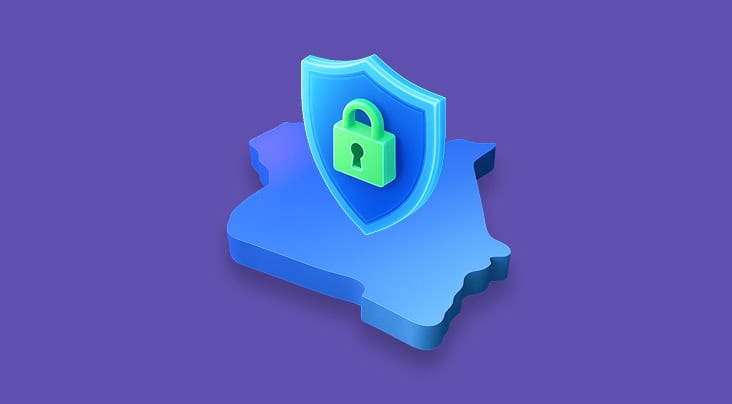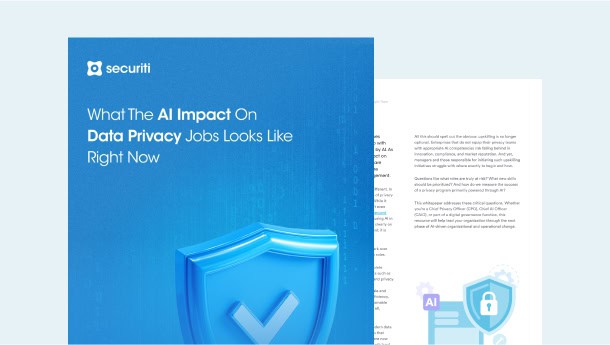What are the 12 PCI DSS Compliance Requirements?
Organizations must comply with 12 PCI DSS compliance requirements to protect payment card data, establish a secure payment card environment, and ensure sensitive data security. The 12 PCI DSS compliance requirements are as follows:
PCI DSS Requirement 1 – Install and maintain a firewall configuration to protect cardholder data
Establishing and maintaining a strong firewall setup is critical for organizations to protect cardholder data. To do this, firewalls between internal networks and the Internet must be implemented using the deny-all-traffic-by-default method. To ensure effective protection against unauthorized access and data breaches, configurations should be routinely evaluated and updated, and the default settings should be updated.
PCI DSS Requirement 2 – Do not use vendor-supplied defaults for system passwords and other security parameters
Organizations shouldn't rely on system passwords and security parameter defaults provided by vendors. For an organization to improve security and minimize vulnerabilities, default settings must be updated, strong authentication protocols should be established, and passwords should be regularly updated.
PCI DSS Requirement 3 – Protect stored cardholder data
Organizations must implement robust security mechanisms to protect stored cardholder data. This entails using masking techniques for Primary Account Numbers (PAN) when needed and encrypting sensitive data while storing it.
Explore our latest insights on PCI Data Discovery to understand the crucial role of data discovery in safeguarding stored cardholder data as per PCI DSS requirements.
PCI DSS Requirement 4 – Encrypt transmission of cardholder data across open, public networks
Sensitive data must be protected as it travels across external networks by using strong encryption technologies. This reduces the possibility of interception or unauthorized access while in transit and ensures the confidentiality and security of payment data.
PCI DSS Requirement 5 – Use and regularly update antivirus software or programs
Organizations must install antivirus software on vulnerable devices to protect against malware threats and update the software frequently with security patches.
PCI DSS Requirement 6 – Develop and maintain secure systems and applications
To protect sensitive payment card data, organizations must develop and maintain secure systems and applications. This entails establishing strong security measures, upgrading software regularly, and conducting comprehensive assessments to identify and address vulnerabilities. Swift compliance mitigates the likelihood of data breaches and improves credit card transactions' overall security.
PCI DSS Requirement 7 – Restrict access to cardholder data by business need-to-know
Cardholder data access must be restricted using the business need-to-know principle. To do this, strict access controls must be implemented, limiting access to data only to those whose jobs demand it. Doing so minimizes the risk of unauthorized access and ensures data security.
PCI DSS Requirement 8 – Assign a unique ID to each person with computer access
Assigning unique user IDs to individuals with computer access encourages traceability and accountability. Ensuring that every user has a unique ID simplifies monitoring who has access to sensitive data. It also enables organizations to identify anomalies and track user activity more efficiently by preventing unauthorized access to or misuse of cardholder data.
PCI DSS Requirement 9 – Restrict physical access to cardholder data
Physical access to cardholder data must be restricted per PCI DSS requirements, which means that organizations must implement robust safeguards like entry limitations, monitoring, and secure access controls. This ensures that the systems and storage archives that carry sensitive cardholder data are physically accessible only by authorized persons.
PCI DSS Requirement 10 – Track and monitor all access to network resources and cardholder data
To identify and address any suspicious activities, organizations must implement robust logging mechanisms and analyze these logs regularly. In line with the standard's dedication to rigorous security measures, this proactive approach assists in identifying potential security threats and ensures prompt action to mitigate risks and safeguard the privacy of cardholder data.
PCI DSS Requirement 11 – Regularly test security systems and processes
Organizations must assess security procedures and systems regularly to identify any vulnerabilities. This entails vulnerability assessments, penetration testing, and other assessments to ensure the reliability of security safeguards. Regular testing contributes to an organization's robust defense against evolving security challenges, proactively addresses potential attacks, improves security posture, and complies with PCI DSS requirements.
For a comprehensive guide on PCI DSS compliance testing, refer to our detailed PCI DSS Compliance Checklist and ensure your security systems and processes are thoroughly examined.
PCI DSS Requirement 12 – Maintain a policy that addresses information security for all personnel
Organizations must establish and maintain an information security policy that addresses all employees and stakeholders. The information security policy should address detailed guidelines for handling sensitive cardholder data, emphasizing the importance of security awareness and ensuring compliance with PCI DSS.
Organizations that handle payment card data must comply with PCI DSS requirements to protect cardholder data and minimize the risk of unauthorized access, exploitation, and data breaches. Maintaining PCI DSS compliance is a continuous process, and organizations must periodically review and upgrade their security protocols to stay ahead of malicious actors and evolving cyber threats.
Stay ahead of the game by staying informed about the latest standards. Explore the features and changes in PCI DSS version 4.0 at PCI DSS v4.0.
Frequently Asked Questions







































